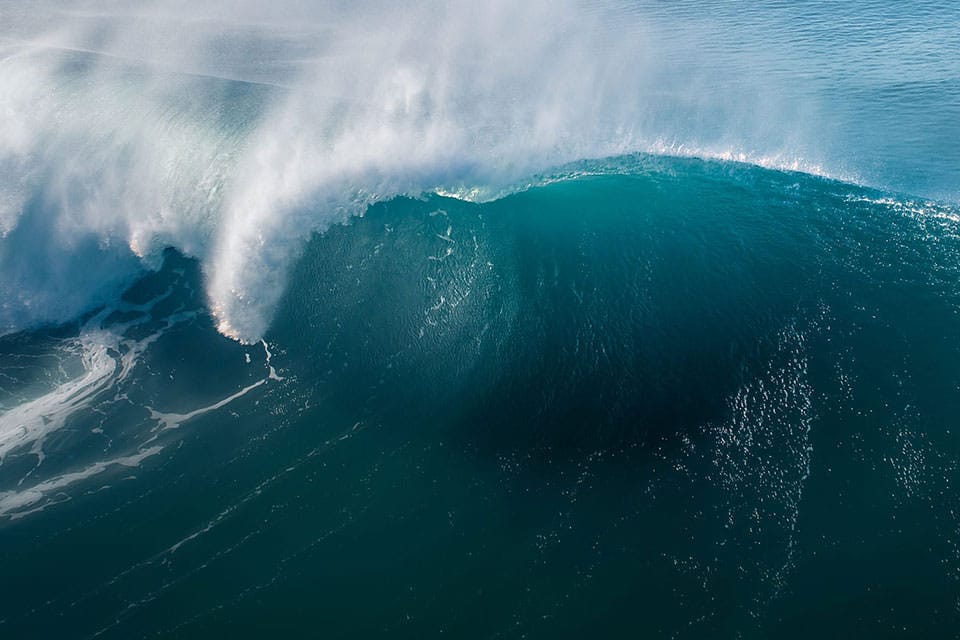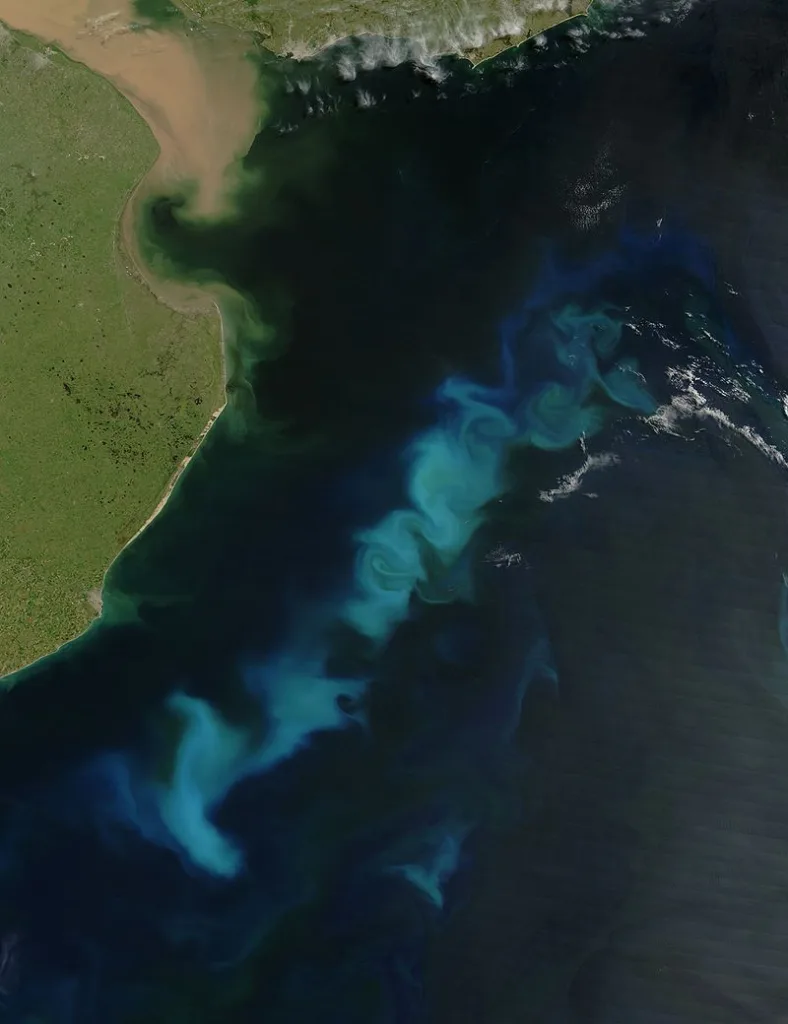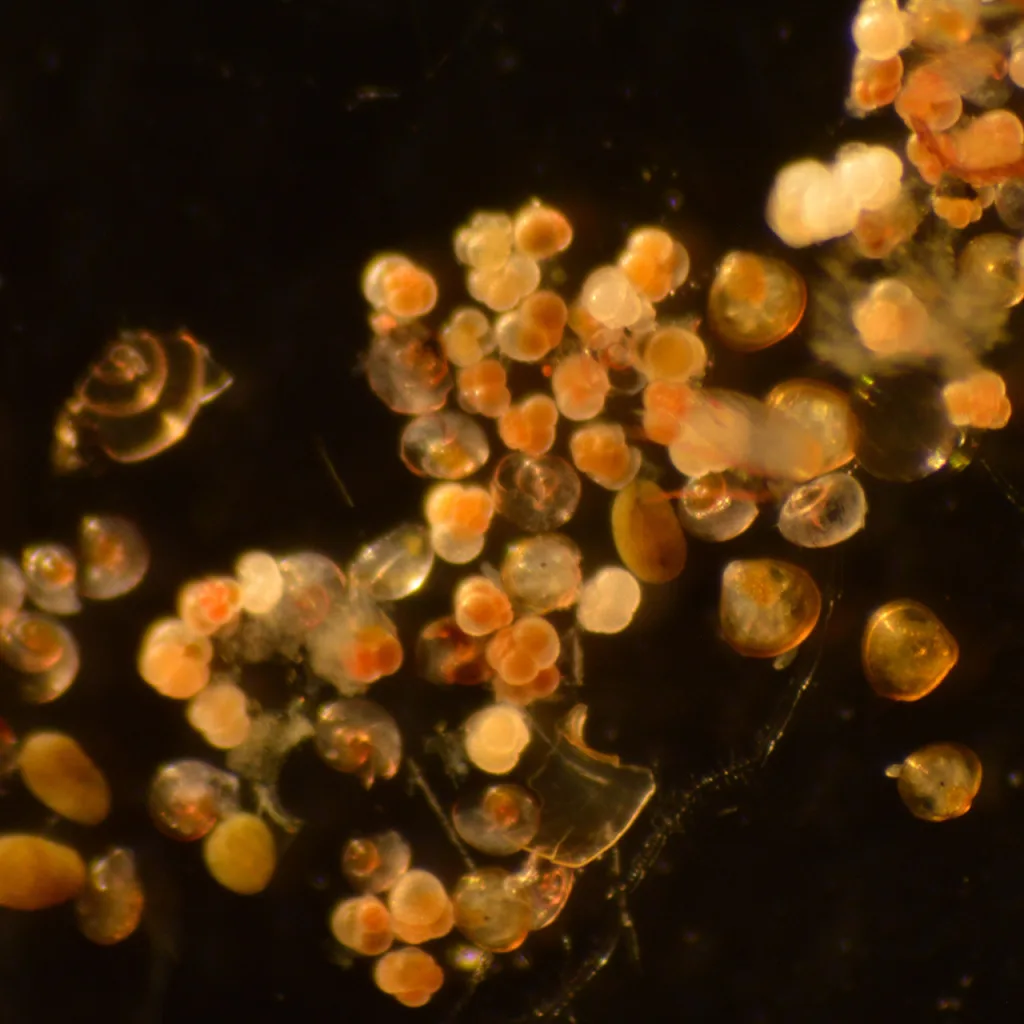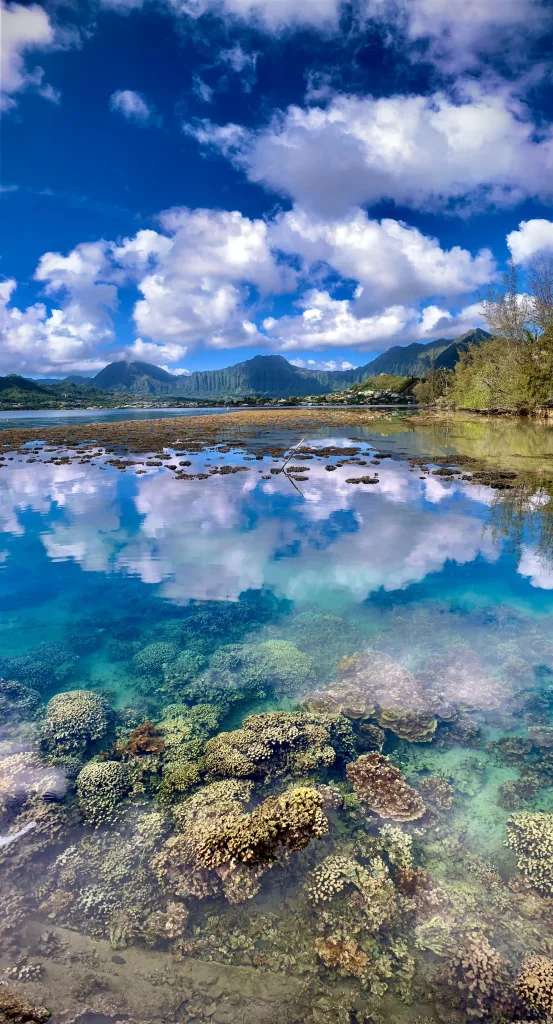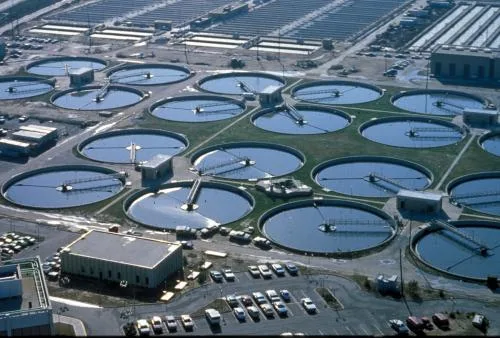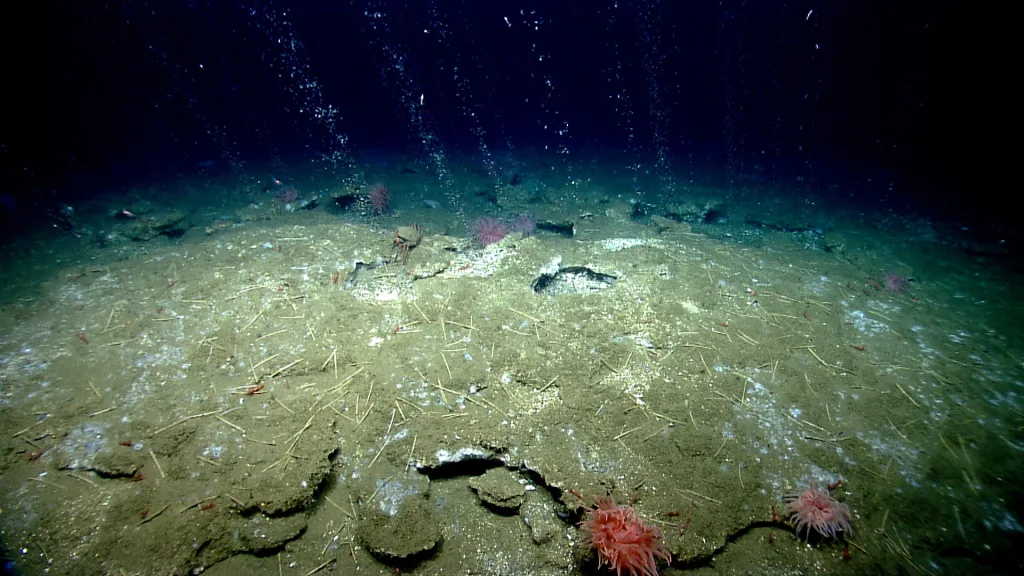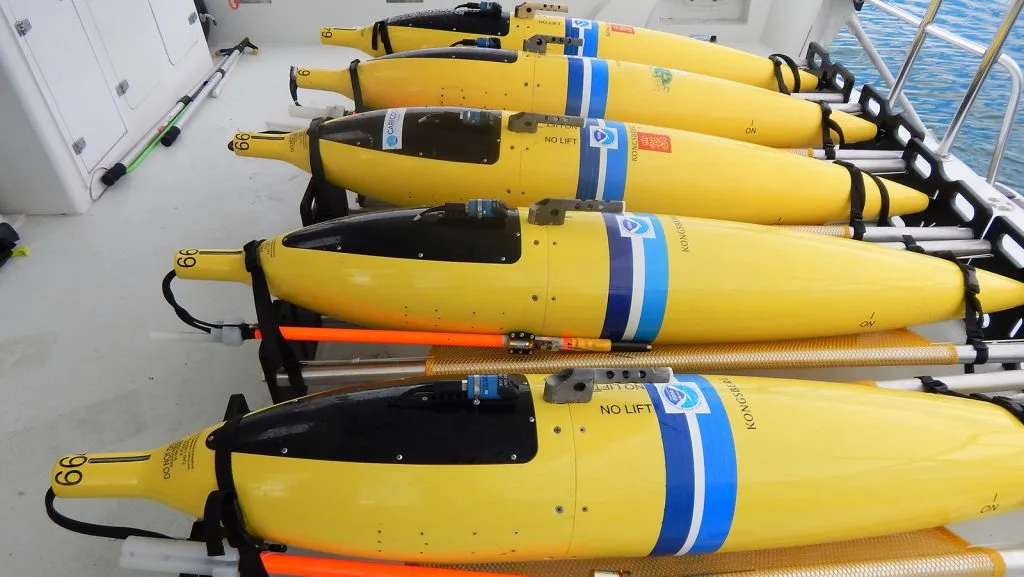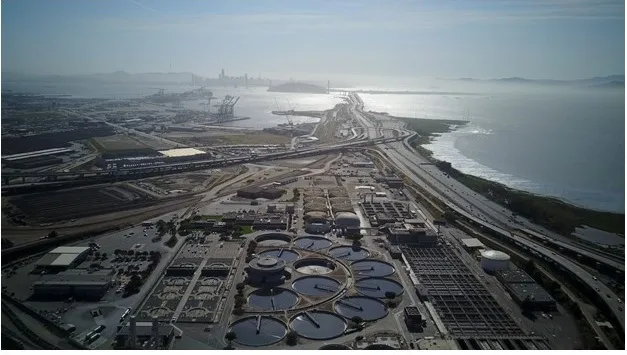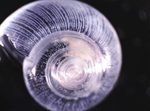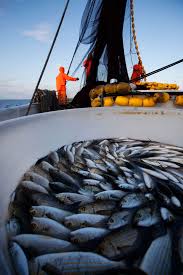Assessing the chemical and biological implications of alkalinity enhancement using carbonate salts from captured carbon dioxide to mitigate ocean acidification and enable mCDR
Why we care Energy, manufacturing and deployment costs are critical to the viability of any carbon dioxide removal approach. This research project focuses on a new strategy that promises low energy burden and low manufacturing costs to capture carbon and achieve ocean alkalinity enhancement, essential features for scaling any future efforts of this technology to […]
